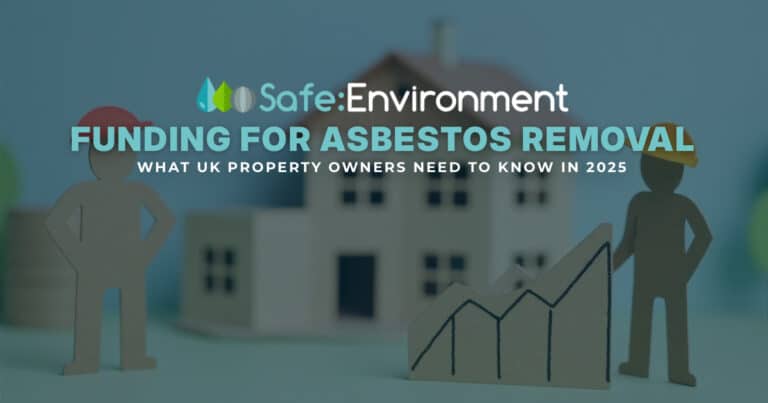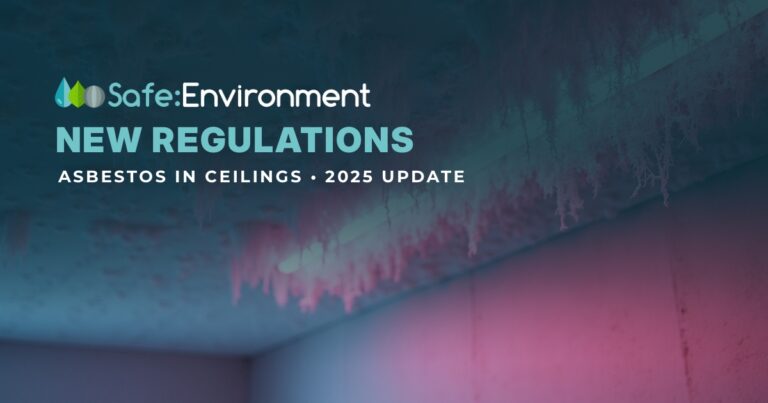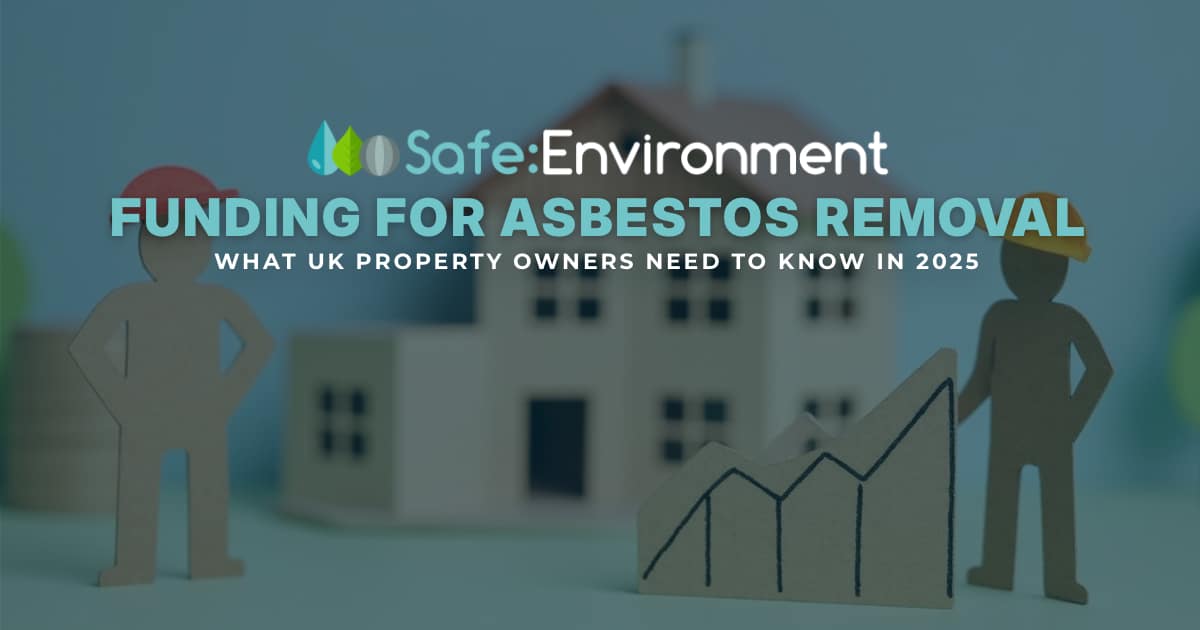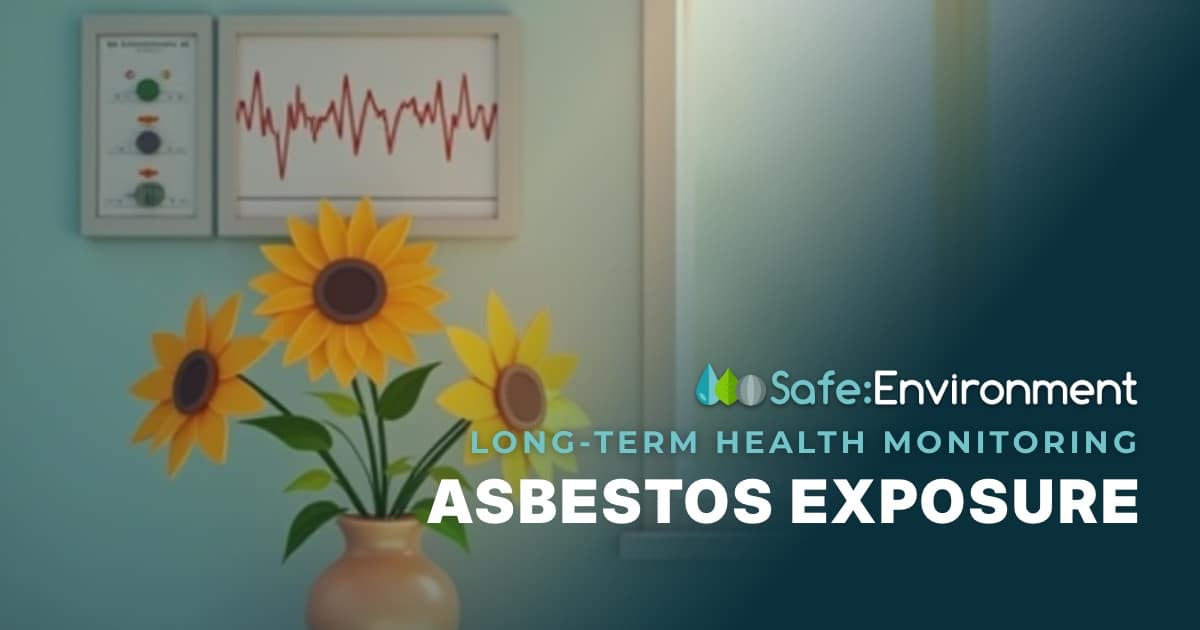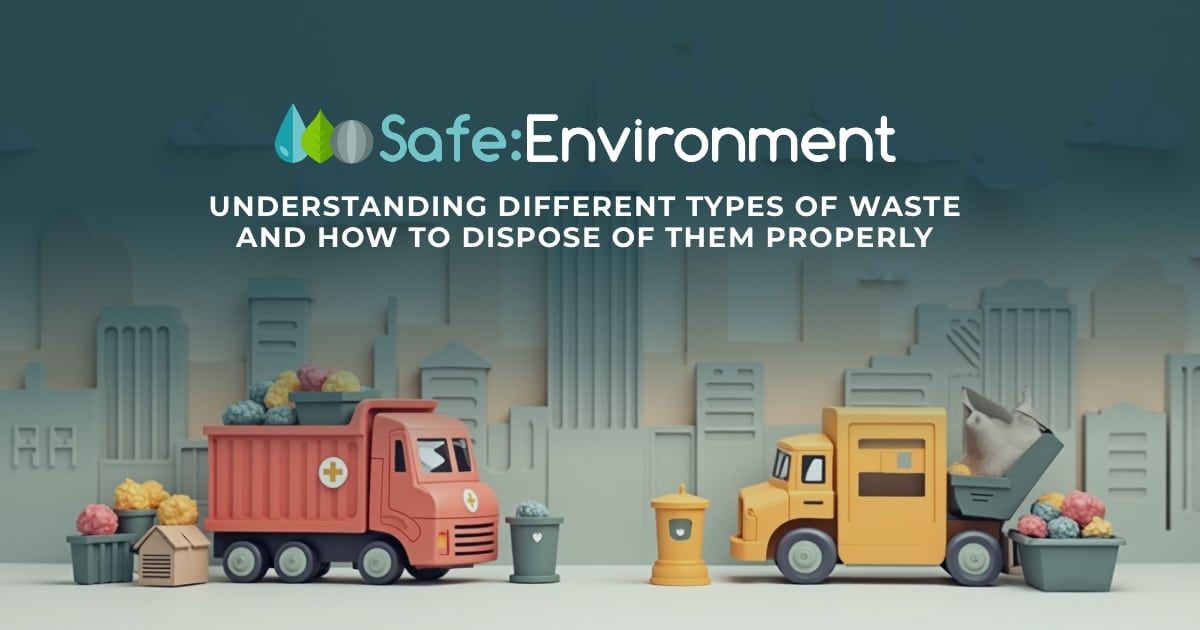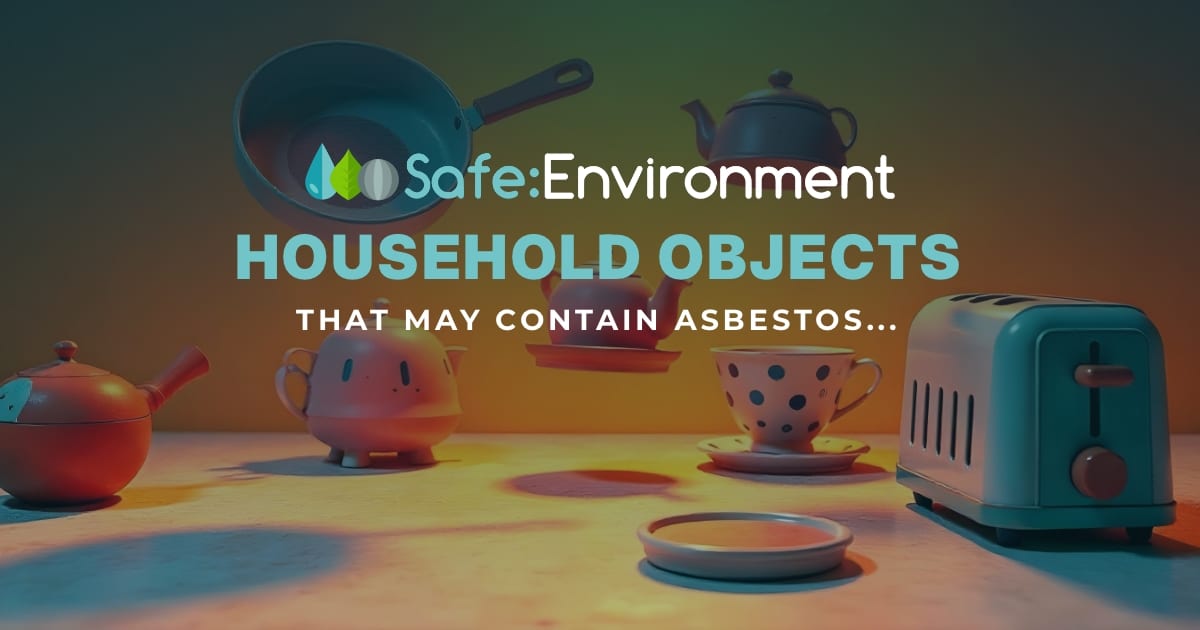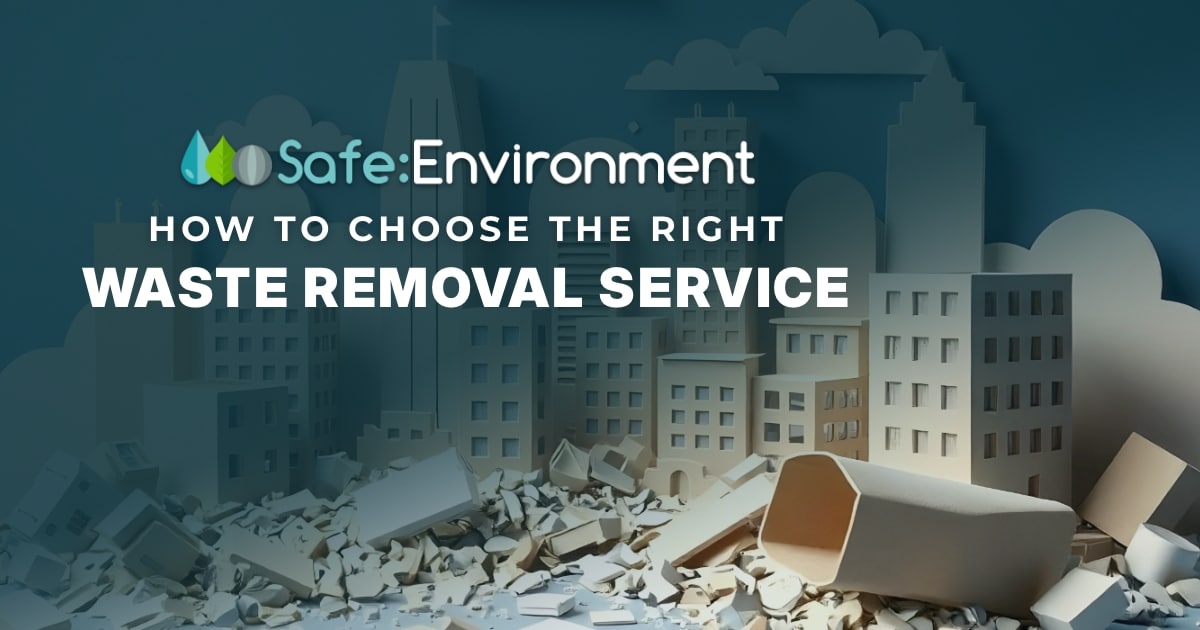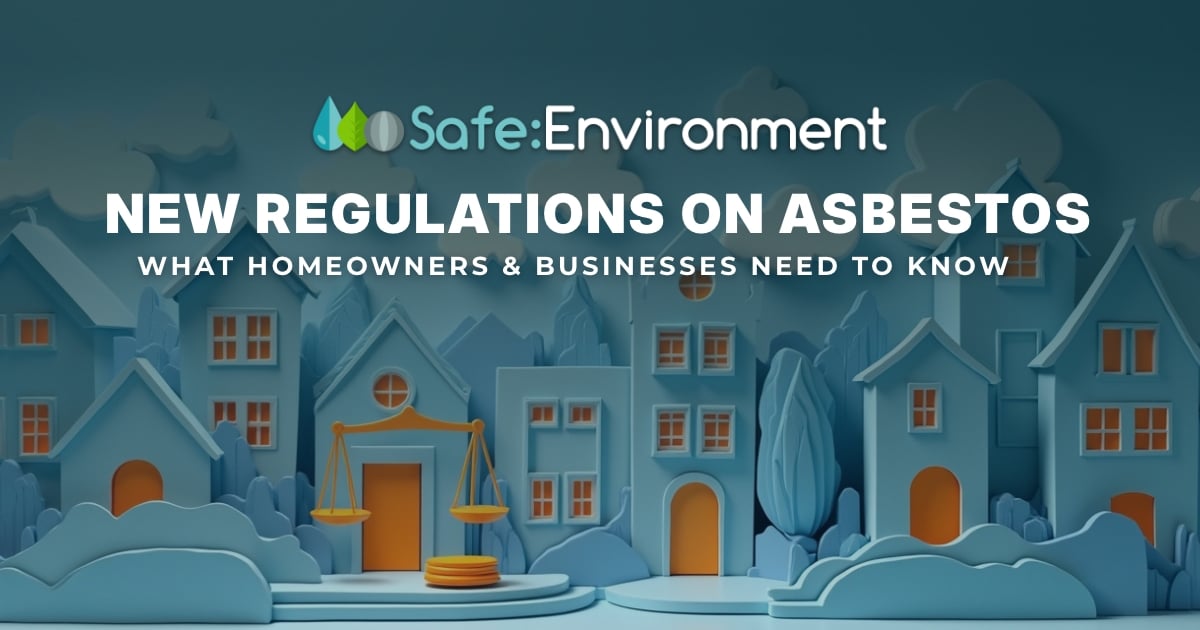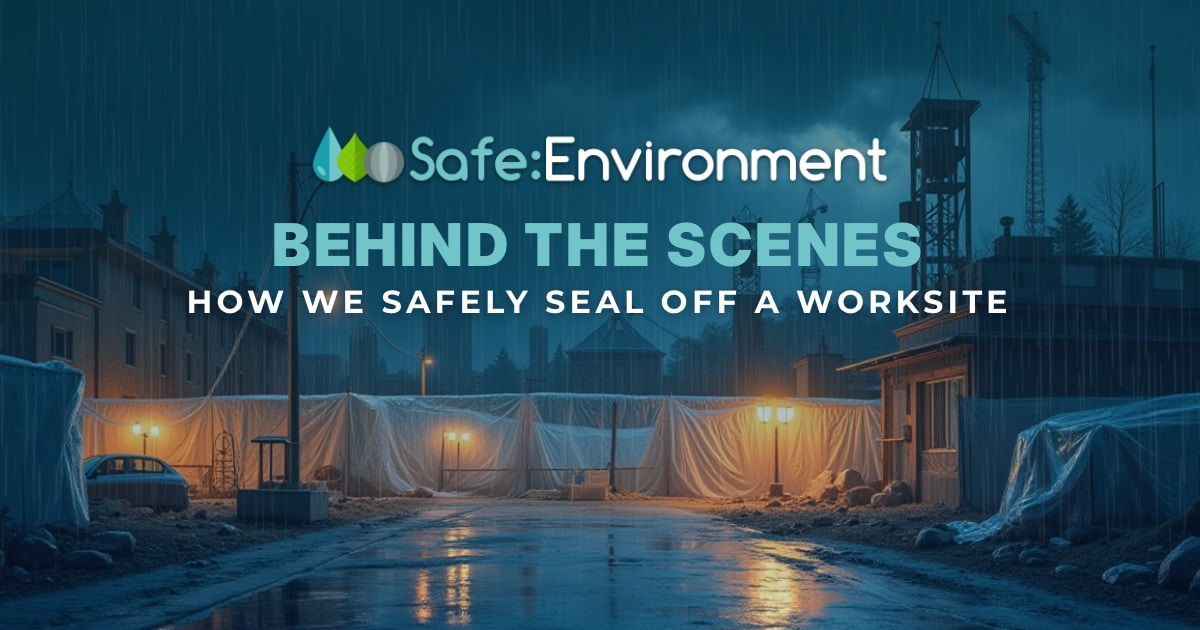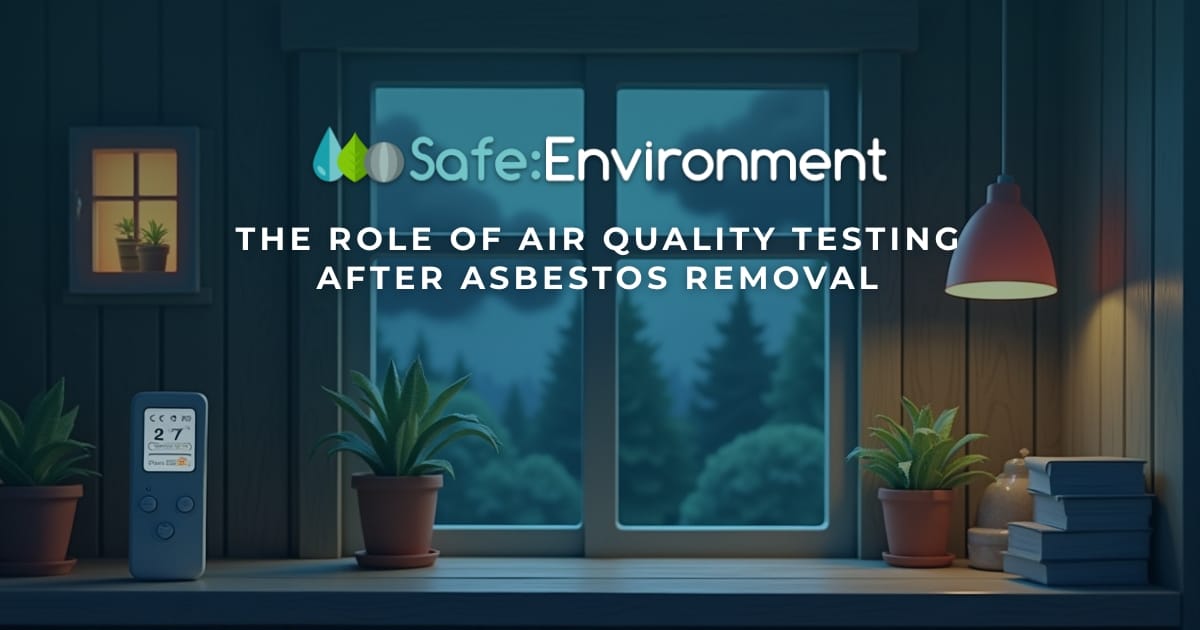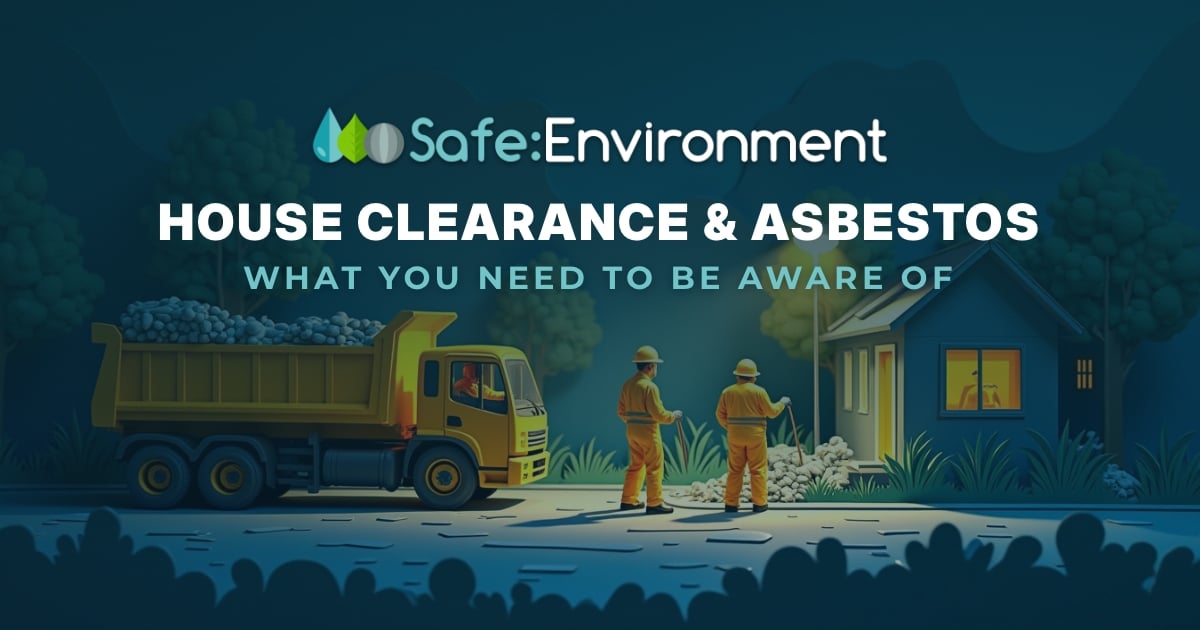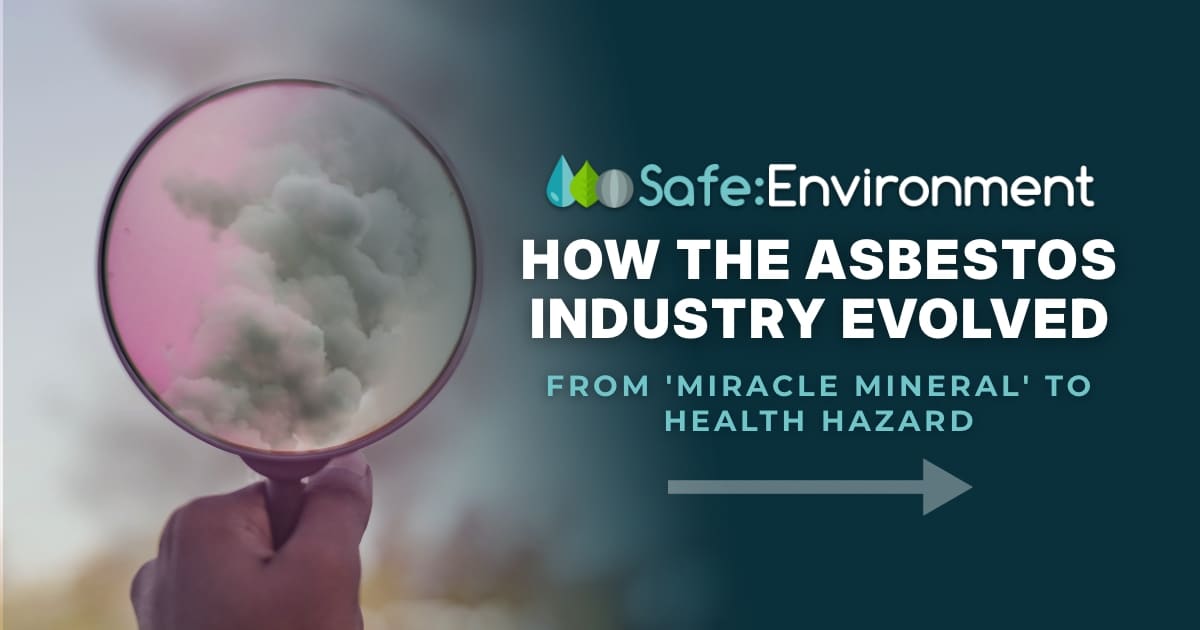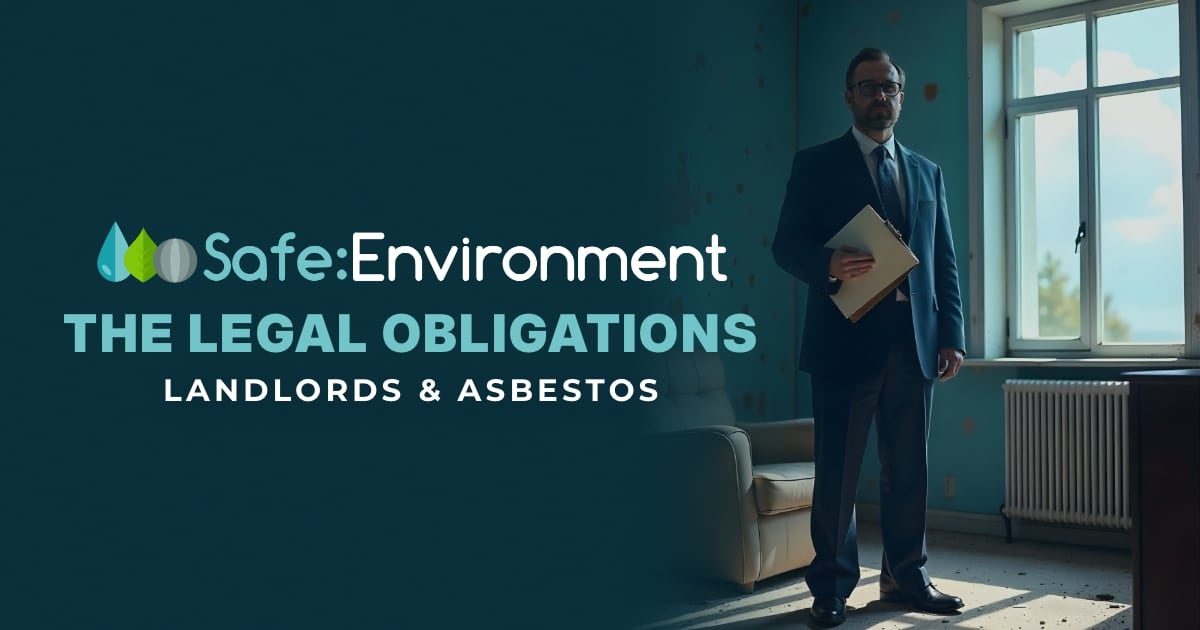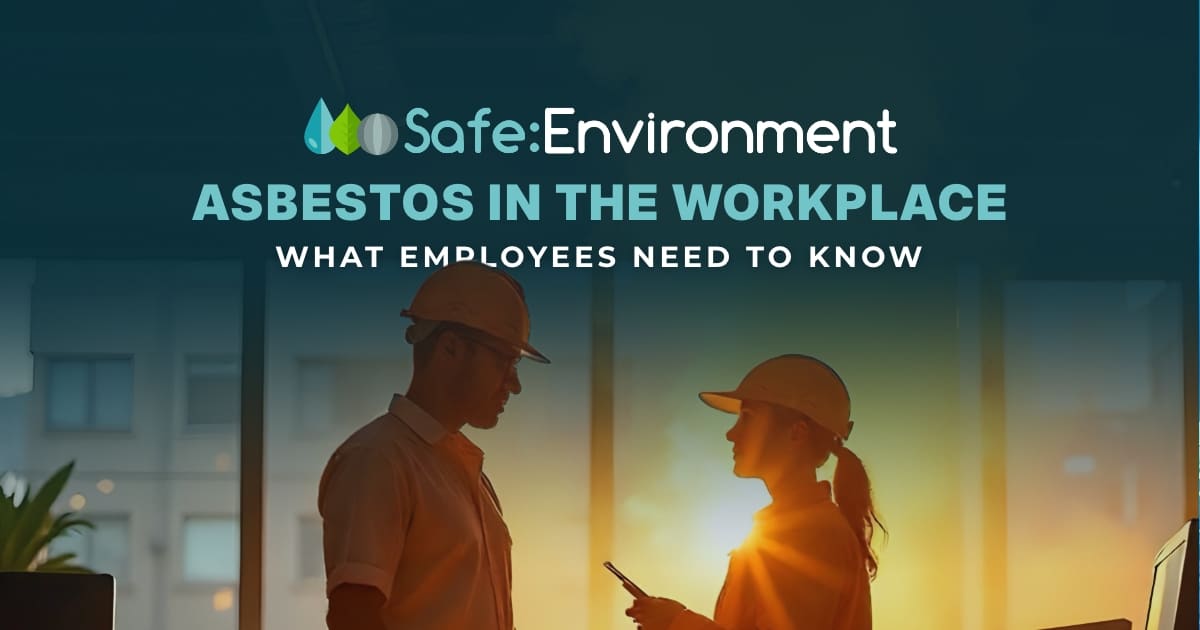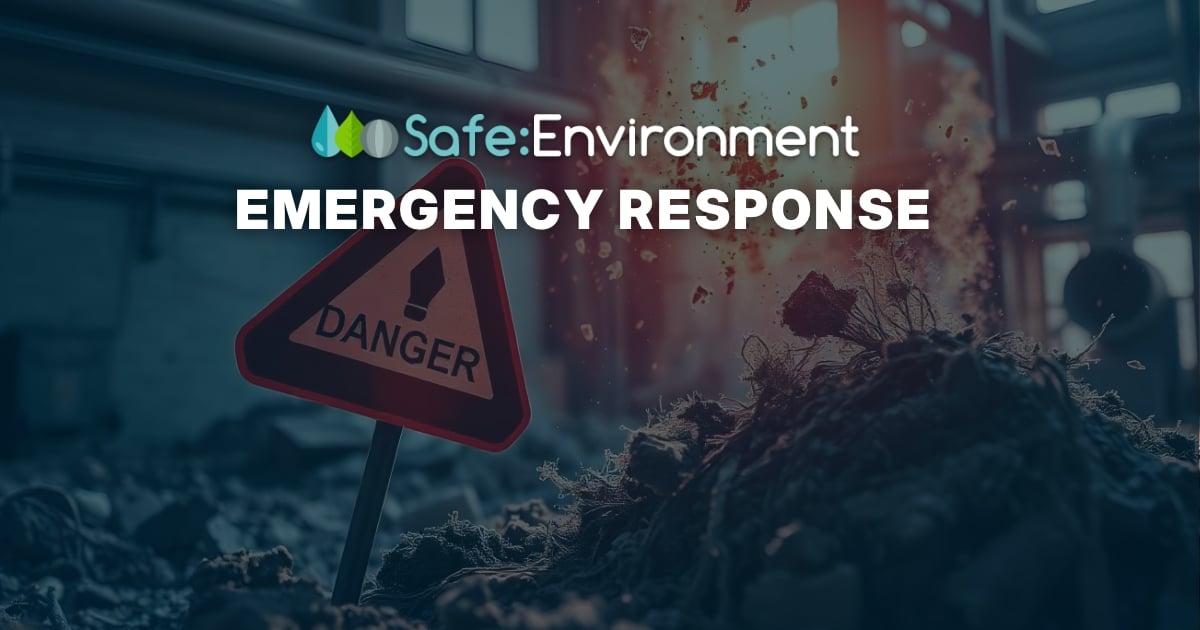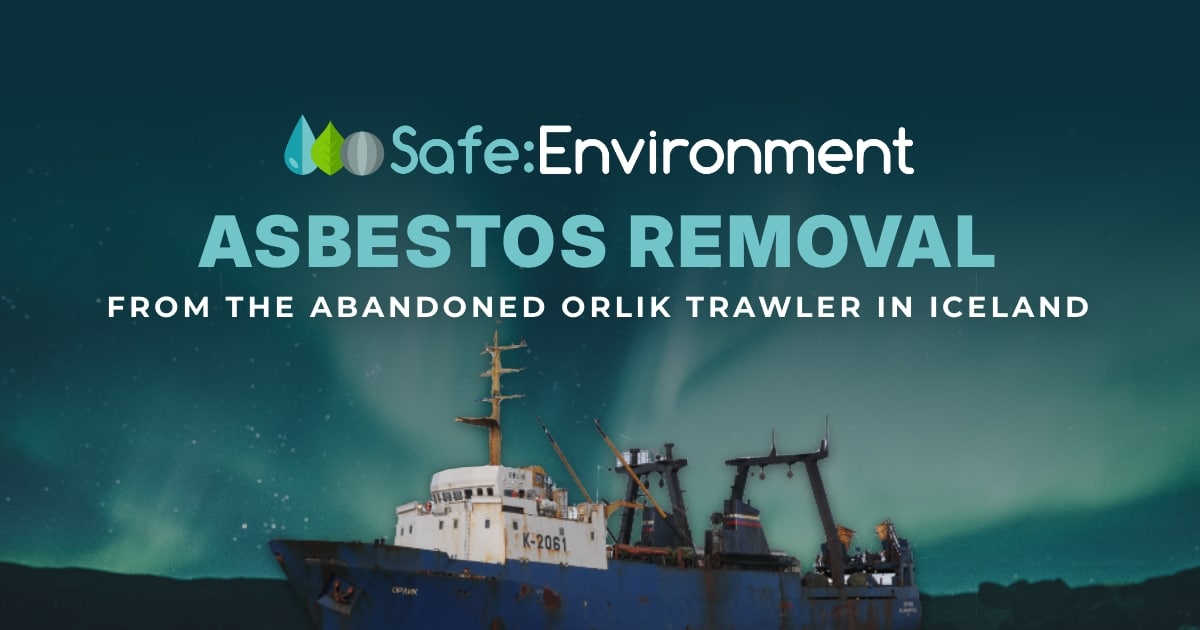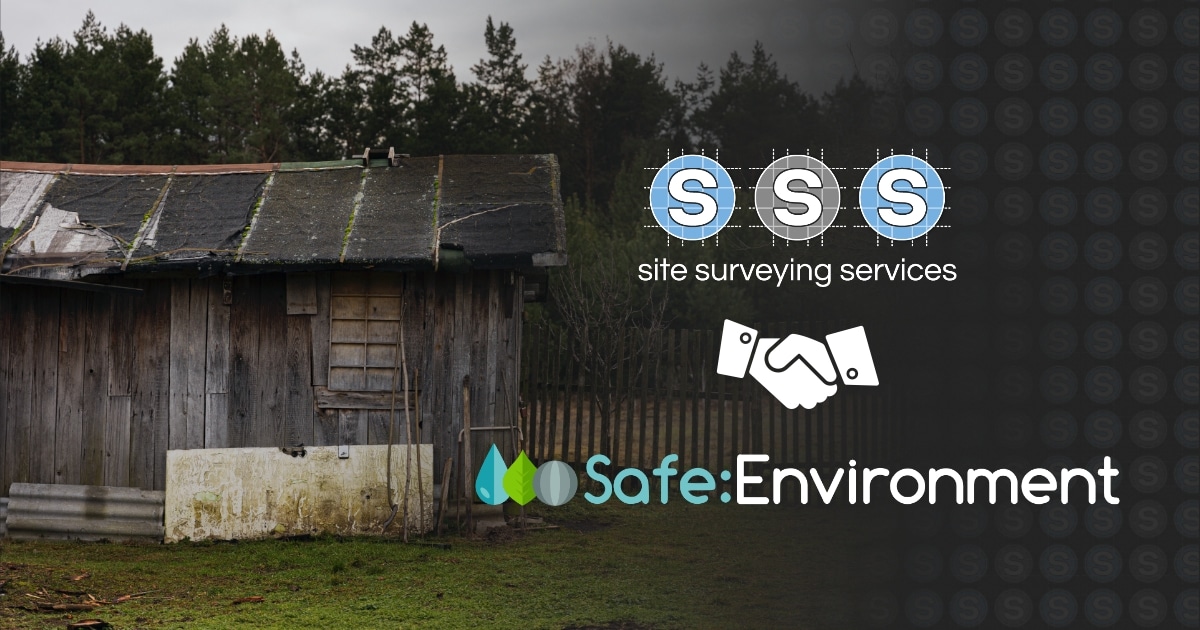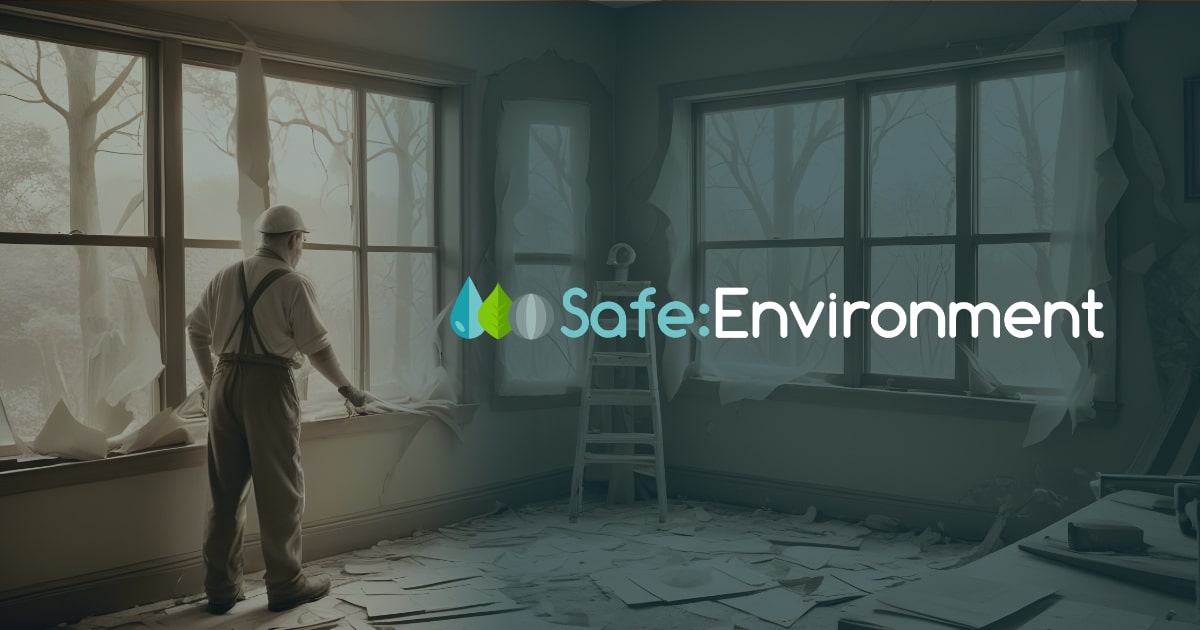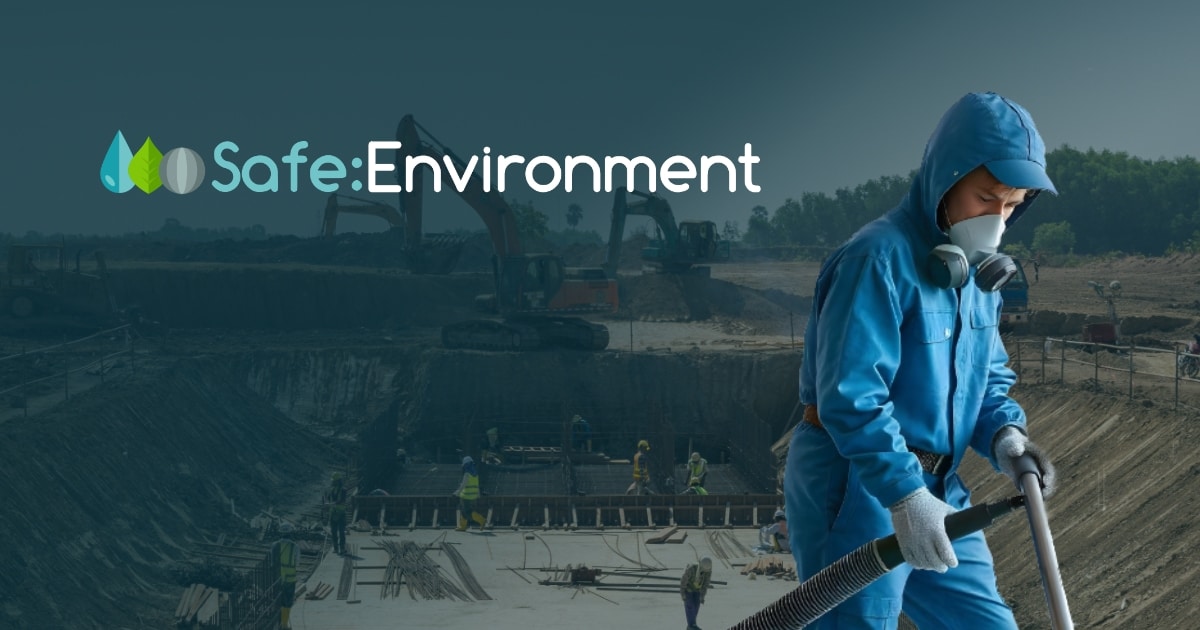Asbestos was once hailed as a “miracle material” due to its strength, heat resistance, and insulating properties. For decades, it was used extensively in construction, shipbuilding, and manufacturing. However, we now know that exposure to asbestos fibres can lead to serious health risks, many of which develop over years or even decades after initial contact. While asbestos is now banned or restricted in many countries, it remains a hidden danger in older homes, commercial buildings, and industrial sites.
In this post, we’ll explore the health risks associated with asbestos exposure, how it affects the body, and why it’s crucial to address potential asbestos risks in your environment.
What Is Asbestos and Why Is It Dangerous?
Asbestos refers to a group of naturally occurring minerals composed of microscopic fibres. These fibres are extremely durable and resistant to heat, fire, and chemical damage, which made asbestos a popular material in various industries. It was commonly used in products such as insulation, roofing, ceiling tiles, floor tiles, and cement.
The danger with asbestos arises when these materials are disturbed or damaged, causing the fibres to become airborne. Once inhaled or ingested, the tiny asbestos fibres can become trapped in the lungs or other tissues, where they can cause inflammation, scarring, and long-term damage to the body.
The Health Risks of Asbestos Exposure
Asbestos-related diseases typically take many years to develop, with symptoms often appearing 10 to 40 years after exposure. This long latency period makes it difficult to link asbestos exposure to specific health issues immediately. However, the risks are well-established, and long-term exposure can lead to life-threatening conditions.
Here are some of the most serious health risks associated with asbestos exposure:
1. Mesothelioma
Mesothelioma is a rare but aggressive cancer that affects the lining of the lungs (pleura), abdomen (peritoneum), or, less commonly, the heart (pericardium). The vast majority of mesothelioma cases are linked to asbestos exposure, and the disease can take decades to develop. Unfortunately, by the time it is diagnosed, it is often in an advanced stage, making it difficult to treat.
2. Asbestosis
Asbestosis is a chronic lung disease caused by the inhalation of asbestos fibres. Over time, these fibres cause scarring in the lung tissue, making it harder for the lungs to expand and contract properly. Symptoms of asbestosis include shortness of breath, persistent cough, chest pain, and fatigue. While asbestosis is not cancerous, it is a serious condition that can significantly affect a person’s quality of life and lead to respiratory failure in severe cases.
3. Lung Cancer
Asbestos exposure is a major risk factor for lung cancer. Like smoking, inhaling asbestos fibres increases the chances of developing lung cancer, especially in those who have long-term or high levels of exposure. The combination of smoking and asbestos exposure compounds the risk, making smokers who work with or around asbestos especially vulnerable to this type of cancer.
4. Pleural Plaques and Other Pleural Diseases
Pleural plaques are areas of thickened tissue that form on the lining of the lungs or diaphragm as a result of asbestos exposure. While pleural plaques themselves are non-cancerous and often asymptomatic, their presence is a marker of significant asbestos exposure and can signal an increased risk of developing more serious asbestos-related conditions, such as mesothelioma or lung cancer.
Additionally, asbestos exposure can lead to other pleural diseases, such as pleural effusion (fluid buildup in the lungs) or pleural thickening, which can restrict lung function and cause breathing difficulties.
5. Other Cancers
While lung cancer and mesothelioma are the most common cancers associated with asbestos exposure, studies have also linked asbestos to other forms of cancer, including cancers of the larynx (throat), ovaries, and gastrointestinal tract. Although the risk for these cancers is lower, it still exists, particularly in individuals who have had significant exposure to asbestos fibres.
Who Is Most at Risk for Asbestos Exposure?
People who worked in industries that used asbestos extensively, such as construction, shipbuilding, insulation manufacturing, and automotive repair, are at the highest risk for asbestos-related diseases. Workers in these industries were often exposed to large amounts of asbestos on a daily basis, sometimes without proper protective equipment or awareness of the dangers.
However, asbestos exposure isn’t limited to industrial workers. Many homes, schools, and commercial buildings constructed before the 1990s still contain asbestos materials, particularly in insulation, ceiling tiles, and flooring. This means that homeowners, office workers, and even students could be at risk if these materials are disturbed during renovations, repairs, or accidents.
Family members of asbestos workers can also be exposed through second-hand contact. Asbestos fibres can cling to clothing, skin, and hair, meaning they can be brought home from work and unknowingly spread to others.
How to Minimise Your Risk of Asbestos Exposure
Given the serious health risks associated with asbestos exposure, it’s crucial to take proper precautions if you suspect asbestos is present in your home or workplace. Here are some steps you can take to reduce your risk:
Know the Age of Your Building: If your home or workplace was built before the 1990s, there’s a higher chance that it contains asbestos. It’s important to have an asbestos survey or inspection done before starting any renovations, demolition, or major repairs.
Avoid Disturbing Asbestos Materials: Asbestos is only dangerous when it’s disturbed and fibers are released into the air. If you know or suspect asbestos is present, avoid drilling, sanding, cutting, or removing the material on your own. Instead, consult a licensed asbestos removal professional.
Hire a Professional: Only licensed professionals should handle asbestos removal. They have the necessary equipment, training, and expertise to safely remove and dispose of asbestos materials while minimising the risk of fibre release.
Wear Protective Gear: If you absolutely must work near asbestos-containing materials, use proper protective equipment, including a respirator designed for asbestos, disposable coveralls, and gloves. Avoid using regular clothing, as asbestos fibers can cling to fabric and be transported elsewhere.
Conclusion
Asbestos exposure remains a serious health risk, even decades after its peak use. The diseases associated with asbestos, such as mesothelioma, asbestosis, and lung cancer, can be devastating, but with the right knowledge and precautions, exposure can be prevented. If you suspect asbestos in your environment, don’t take any chances. Contact a professional asbestos removal service to ensure the safety of yourself and those around you. Your health—and the health of your loved ones—is too important to risk.



